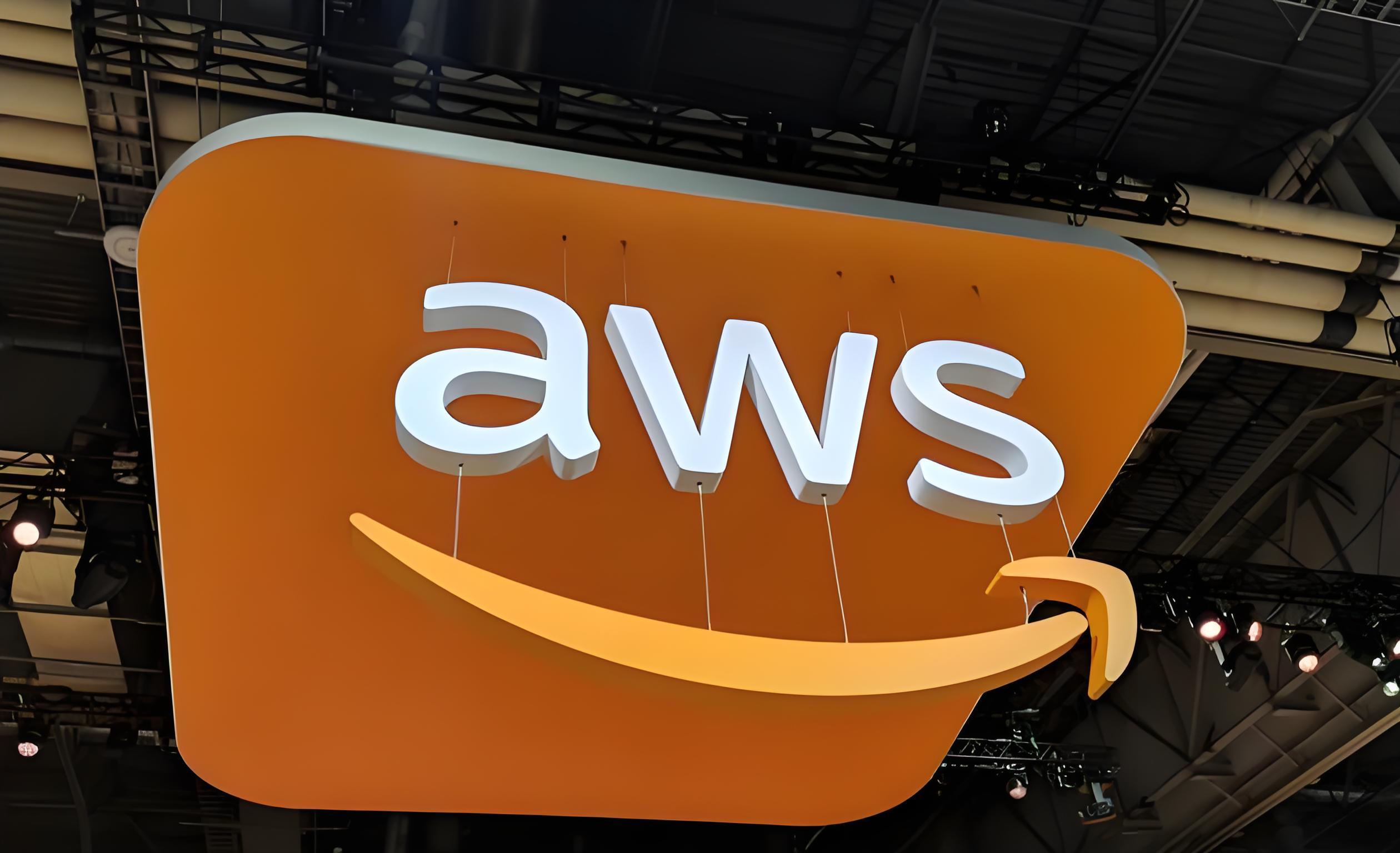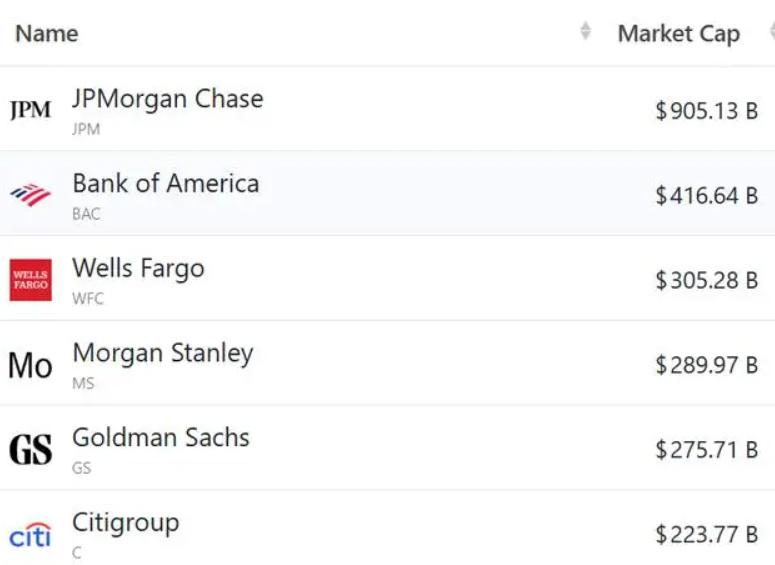
At 3:11 a.m. Eastern Time on October 21, the health status page of Amazon Web Services (AWS)' core node—the US-EAST-1 region in Northern Virginia—suddenly turned red. Within just ten minutes, error reports from platforms such as Reddit and Snapchat flooded in, and the number of complaints on the monitoring website Downdetector exceeded 20,000 within two hours, ultimately affecting over 4 million users in total. This 14-hour-long outage presented a clear chain reaction: initially, a DNS resolution anomaly occurred in the DynamoDB database, leaving servers "unable to find their way"; immediately after, the EC2 instance launch system, which relies on this database for metadata storage, collapsed; subsequently, the Network Load Balancer (NLB) health check failed, and more than 70 core services including Lambda and CloudWatch successively "went on strike". What made matters worse was a secondary crisis during the fault repair process—AWS's implementation of rate-limiting measures to prevent system overload actually delayed the service recovery progress, and full recovery was not announced until 5:01 p.m. Eastern Time.
The technical chain of this outage can be called a "typical case of basic component failure". Known as the "address book" of the Internet, DNS is responsible for converting domain names into IP addresses. As AWS's core cloud database, DynamoDB hosts metadata storage for 70% of internal services. When a DNS resolution failure occurred at the DynamoDB service endpoint in the US-EAST-1 region, it was equivalent to cutting off the "neural hub" of the cloud ecosystem.
AWS's official review showed that the outage was not caused by a single issue: after the initial repair of the DNS problem at 2:24 a.m., the EC2 instance launch subsystem failed to recover synchronously due to its dependence on DynamoDB; after the NLB health check was repaired at 9:38 a.m., the system faced pressure from backlogged events. Cybersecurity expert Mike Chapple pointed out that this phenomenon of "repairs triggering new failures" exposes the hidden danger of "insufficient redundancy design in the dependency chain" in complex cloud architectures. It is worth noting that the US-EAST-1 region has long been a "frequent site of failures"—a lightning-induced network outage in 2011, a 29-hour downtime caused by thunderstorms in 2012, and a failure in December 2021 that resulted in losses exceeding 18 million US dollars, all occurred here. As AWS's earliest-built core node, this region hosts over 30% of the world's cloud service deployments, forming a risky pattern of "putting all eggs in one basket".
The outage of AWS, which holds 30% of the global cloud market share, triggered a cross-industry "digital earthquake". The financial sector was the first to be hit: cryptocurrency exchange Coinbase suspended trading, mobile payment service Venmo was unable to process transfers, and the online banking services of Lloyds Bank in the UK were completely interrupted, forcing users to line up at offline branches to handle transactions. Public services and people's livelihood areas were also affected: the mobile apps of United Airlines and Delta Air Lines in the US failed to process check-ins, and some flights were unable to dock at boarding bridges due to system failures after landing; the website of the UK's HM Revenue and Customs was down, preventing taxpayers from submitting declarations; the outage of the educational platform Canvas disrupted online courses at many universities. Even consumer scenarios were not spared—the ordering function of the McDonald's app failed, Disney+ series kept failing to load, and users of Duolingo were unable to complete their daily learning check-ins.
The economic losses are incalculable. Internet performance monitoring company Catchpoint estimated that the direct losses caused by the outage exceeded billions of US dollars, while indirect losses may double—Amazon's own e-commerce platform lost approximately 5% of its daily transaction volume due to the paralysis of its payment system, and the short-term churn rate of active users on social platforms such as Snapchat increased by 3%. More seriously, the incident occurred 10 days before the release of AWS's Q3 financial report, and its stock price fell by 1.2% in early trading on the day of the outage, intensifying investors' concerns about its leading position in the market.
This outage has once again sounded the alarm for global digital infrastructure. Security firm Sophos pointed out that 30% of the world's cloud services are concentrated in a single provider—AWS. This "structural concentration" escalates failures in a single region into global crises. In fact, although AWS boasts a "multi-availability zone architecture", core components such as DNS resolution still face regional-level single-point risks and have not achieved true "multi-region active-active" deployment.
The industry has begun to brew changes. Microsoft Azure quickly launched a "cross-cloud disaster recovery solution", Google Cloud announced a reduction in multi-cloud migration service fees, and many enterprises stated that they will increase the deployment ratio of a second cloud service provider. Cloud service consulting firm Gartner suggested that enterprises should establish a "three-region deployment standard for core services" to limit the impact of failures in basic components such as DNS and databases to a single region.
For AWS, this incident is both a challenge and an opportunity. Its cloud business growth rate has lagged behind that of Microsoft Azure (39%) and Google Cloud (32%). To restore trust, it needs to take action in three aspects: optimizing the architectural redundancy of the US-EAST-1 region, establishing a cross-region DNS emergency resolution mechanism, and increasing the compensation standard of the Service Level Agreement (SLA)—currently, its maximum compensation ratio is only 10% of the monthly service fee, which is far lower than the actual losses suffered by users.
From the outbreak of the first Internet virus in 1988 to today's cloud service outages, the "vulnerability" of digital infrastructure has always coexisted with its "convenience". What AWS's 14-hour downtime incident reveals is not only a technical vulnerability in DNS resolution, but also the over-reliance of the global digital ecosystem on a few giants. When cloud computing has become the "water, electricity, and coal" for social operation, building "resilience-first" infrastructure may be more urgent than pursuing "efficiency-first".

Driven by the Trump administration's push to relax financial regulations and the recovery of investment banking business, the market value of the six major banks in the United States has cumulatively increased by approximately 600 billion US dollars by 2025.
Driven by the Trump administration's push to relax financia…
On Christmas evening, U.S. President Trump posted on social…
According to multiple foreign media reports, the recent fin…
The middle class, once regarded as the cornerstone of Ameri…
On December 19th local time, the US military launched a lar…
The Boxing Day sunshine should have cast a false glow of pr…